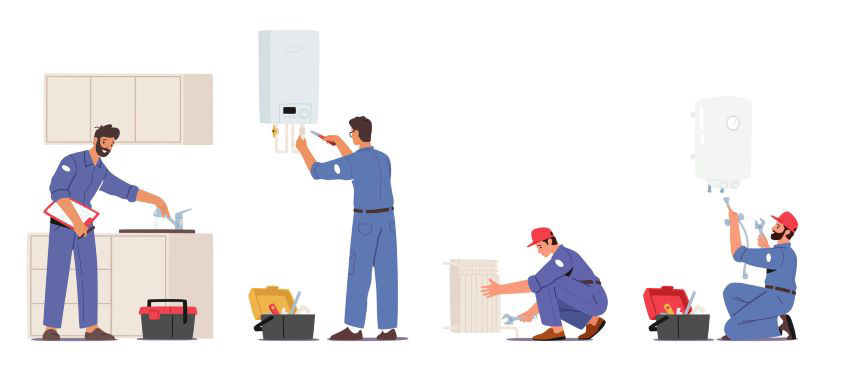Seven steps to successful fundraising
Whatever the scale of the fundraising goal for your church, following this seven steps process will help you to get organised and improve your chances of success.
Top tips from fundraising experts to how you can better secure funding for your church's essential day-to-day costs.

Core costs are the common, essential expenditures needed to keep your church running day-to-day. This could include expenses such as heating, lighting, postage, internet access or the all-important tea and coffee.
Raising money for these items can be difficult as they are less tangible and many grant funders exclude them from eligibility criteria. We’ve pulled together 5 top tips from fundraising experts to help you approach fundraising for core costs.
The language we use when asking for donations can be powerful. When talking about core costs, we can tap into the psychology of giving to make people more motivated to donate.
For example, you may need funds for heating. Instead of thinking about simply the money needed for the bill, consider why the heating is needed and what happens as a result of it. So instead of saying the church needs money to pay the bill, you may say: the church building is a key space used in the community. Ensuring that it is warm and comfortable is essential to continue to provide people with a space for social interaction and connection.
Your regular giving scheme is a key way to raise funds for core costs. Consider all the opportunities you have to promote your giving scheme throughout the year – this could be an annual giving day, a monthly message about generosity, or regular letters to the church community.
Providing people who come to your church with regular information is important to encourage regular giving. Publishing in your notice sheet a short summary of your finances and any shortfalls helps to keep people informed and up-to-date.
Be clear and upfront about the costs needed to run your church and how people can help. You could write to regular givers explaining your financial situation, and ask if they would like to increase the size of their gift to help.
Make sure you are maximising all donations you receive with Gift Aid. Gift Aid enables donors who are tax-payers to increase the contribution they make to your church at no extra cost to themselves.
Research from the Charities Aid Foundation found that charities are missing out on hundreds of millions of pounds as a quarter of eligible donors say they do not use Gift Aid when they give money.
Reminding your donors about Gift Aid, and having it clearly visible on any donation forms is key to ensure you maximise every donation.
The Gift Aid Small Donations Scheme (GASDS) means you may also be able to claim 25% on cash or contactless card donations of £30 or less. You will not have needed to ask the donor if they are a tax-payer to do this. The government website has more information on this scheme.
According to the Bank of England, debit cards overtook cash as the most frequently used payment method in the UK back in 2017. Having a contactless donation point provides visitors to your church with a quick and easy way to give.
There are many types and providers available – some using Wi-Fi and others without. The important thing is to have a clear fundraising message around your contactless device and make sure it is clearly visible as people enter your building.
Community events are a fantastic way to raise unrestricted funds that you can spend on core costs. They also help bring the community together and allow more people to connect with your church.
The key to hosting a great fundraising event is that it is unique to your church and community. You could hold a quirky event such as paper aeroplane racing, a historical event tied to your church’s history or a more tradition garden party. Think about what would interest people in your local area.
Our list of spring and summer fundraising events ideas could help with inspiration.
